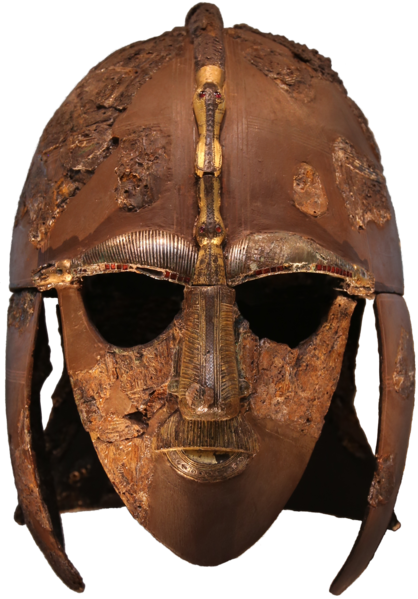Celts
A collection of people who were dominant in Europe before the Roman Empire. The Celts were a collection of different peoples, with a strong cultural identity, oral history, and thoroughly pagan at heart. Besides being found north of Greece and to a lesser extent east of the Rhine at one stage, the majority lived in western Europe, from the Alps right through to northern Spain to the British Isles. The Gaels and the Brythonic peoples are still at large in Hibernia, Alba, Wales, Cornwall, and Brittany. Elements are still found throughout western Europe, with tribes found in out of the way places. People like the Halstatt, La Tene, the Parisii, and the Gauls, are found. Many speak either Gaelic (like Irish, Scottish, and Manx), or some form of Brythonic (such as in Wales, Alba - the Picts, and Breton in Cornwall & Brittany). Many have been took over by successive invaders, such as the Romans, Germanic tribes, and the Slavs. This has led to many having given up the old ways, replaced their own language or added loanwords to their own, and adopted different military practices.
Many who follow the old ways live in tribes & clans, led by a chieftain. Sometimes there is a king or high king in a region that all chieftains answer to, who is elected by the rest of the nobility. The druids are the priesthood, and along with the bards, help to maintain the oral history of the Celts. They also help the chieftains & kings in matters of law.
When it comes to religion, the druids lead the rites, and as a practical people, only certain major holy days are fully observed. They will leave offerings & look for blessings / omens from the gods as and when necessary. This is important when it comes to trade, and warfare, along with marriages, funerals, and births. They believe in a form of reincarnation, that when a person dies, their soul goes to the otherworld, and is reborn again after a time. This also explains why they are such dangerous fighters. Many have learned Roman ways of war, but all are willing to fling themselves into combat when given the chance, with no true fear of death. When first encountered by the Romans, the Celts terrified them. Described as tall, well-built, and fighting pretty much naked, their reckless charges are sometimes cited as the main reason the Romans devised the Roman Legions as a countermeasure to them.
Most Celts live a life of farming plants & livestock, fishing, working leather, making clothes, and the like. The nobility are warriors through and through, and have to continually prove it, as well as having the gear to back it up. A few are traders, and there are a few types of smith present. Blacksmiths, weaponsmiths, and jewellers are the most common. The Celtic torque is well enough known to be identified by most western Europeans. Worn on the neck or arm it is usually gold with many other wonderous gold jewellery, and it is something many others, including the Romans themselves, commented on. Their swords are usually longswords and one handed. Made from the one source of iron, early examples were mentioned as bending in combat and needing straightened at times. Each warrior generally has a shield too, no matter the rank. Cavalry was not common, though a few sources mention chariots being used to do hit & run attacks, and getting the best fighters up close to the front line.
Quite a few are mentioned to have tattoos, or at least colouring their skin. Woad is usually mentioned as it has a distinct blue colour, and the Picts were given their name by early Romans, who referred to them as the Painted People.
Many objects were left behind, usually bent & broken weapons placed as offerings in lakes, which was seen as an entryway to the otherworld. Also, sometimes a sacrifice of a noble person or criminal was done, and the body placed in a peat bog, only to be discovered centuries later. In a few other instances they have placed other valuable items into watery regions as sacrifices to, to the gods of course.
Quite a few fight as mercenaries for other nations, with mention to the Romans, the Greeks, and even Egypt. They make up infantry formations when they do. Also worth noting, is that many will have rivalries, and even outright hostility, to others. This is seen at times between families and clans, and can even split clans in half. A classic example is the northern and southern O'Neill's in Hibernia. They make up the most powerful clan but both have split into two warring sides, with the northern O'Neill's being more powerful than the southern. They constantly vie for control over the seat of High King of Tara, with most other clans needing the back of one or the other if they want it.
Maps
-
Celtic Temple of the Underworld
This temple was the only known stone temple built by the Celts. Situated deep in the western Slavic lands east of Austria, it holds a secret that most would crave to own.
Divines
Controlled Territories
Notable Members
Related Myths




Comments